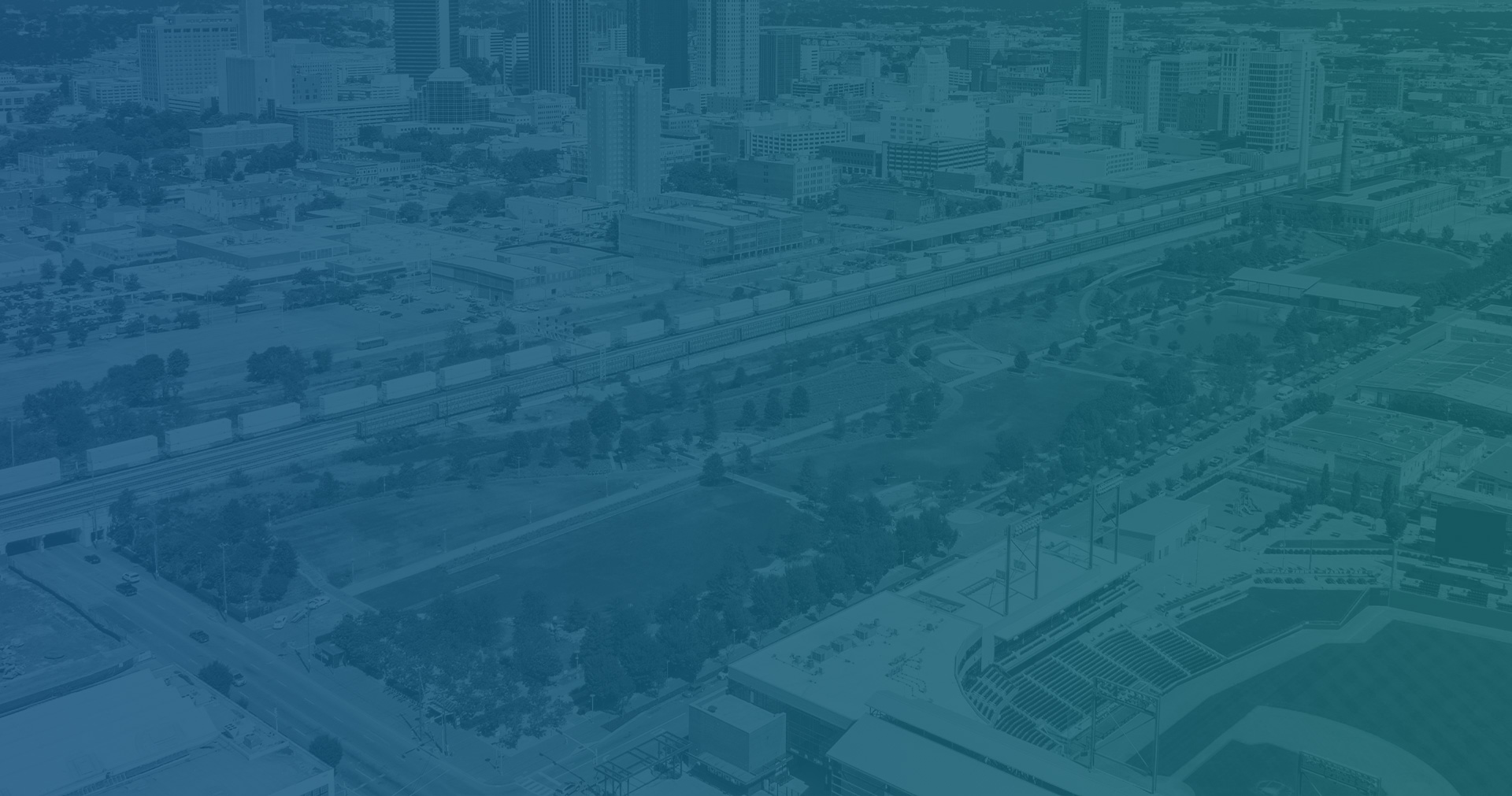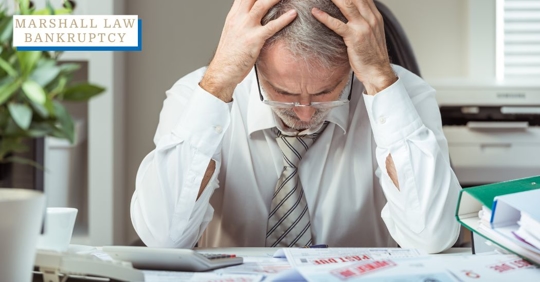If you're struggling under the weight of crushing debt, you're not alone, and the good news is that there are options to help you move forward. Filing for Chapter 7 bankruptcy can be one of the fastest and most effective ways to eliminate your debt and reclaim your financial freedom. But first, you need to understand the whole process. While this can feel overwhelming, understanding exactly how Chapter 7 bankruptcy works can make you feel more empowered and confident in your next steps.
What Is Chapter 7 Bankruptcy?
Chapter 7 bankruptcy, often referred to as a “liquidation bankruptcy,” is a legal process designed to help individuals and businesses get relief from insurmountable debt. Simply put, it allows you to discharge (eliminate) most, if not all, of your unsecured debts, such as credit card bills, medical bills, or payday loans.
While the thought of bankruptcy might feel intimidating, it’s important to understand that Chapter 7 is a powerful tool for people facing financial hardship. It’s not a punishment; it’s an opportunity to start fresh.
Who Qualifies for Chapter 7 Bankruptcy?
There are specific criteria you must meet to qualify for Chapter 7 bankruptcy. Here are the basics:
- Means Test: Chapter 7 is often intended for individuals who truly can’t afford to pay back their debts. To determine eligibility, you'll complete a means test that compares your income to the median income in your state. If your income falls below the threshold, you’re likely a fit for Chapter 7.
- Credit Counseling Requirement: Before filing, you'll need to complete a credit counseling course from an approved agency. This step ensures you’ve explored potential alternatives to bankruptcy.
- Personal Asset Limits: Chapter 7 may involve selling off certain non-exempt assets to pay creditors, although many people keep most or all of their property through exemptions.
The key takeaway? The process is designed to help those in genuine financial distress, not those trying to avoid paying debts they can afford.
Step-by-Step Guide to Chapter 7 Bankruptcy
Understanding the process can help ease some of your anxiety. Here’s a step-by-step breakdown of what filing for Chapter 7 bankruptcy typically looks like.
Step 1: Consult with a Bankruptcy Attorney
The first and most important step is to contact an experienced bankruptcy attorney. Filing for Chapter 7 can be a complex process, and having someone on your side ensures everything is done correctly while protecting your rights. A compassionate attorney listens to your story and guides you through the best options for your situation.
Step 2: Gather Financial Documents
To start your case, you'll need to provide detailed information about your finances. This includes documents like bank statements, pay stubs, tax returns, and a list of all your debts and assets. Being thorough and organized here will help the process go smoothly.
Step 3: File Your Petition and Forms
Your attorney will help you file a bankruptcy petition and other required forms with the court. These forms will outline your financial situation, including debts, income, assets, and expenses. Once filed, something called an "automatic stay" goes into effect. This is a critical feature of Chapter 7 bankruptcy that stops most creditors from contacting you or pursuing collection efforts. No more harassing phone calls or letters!
Step 4: Attend a Meeting with a Trustee
After filing your case, you’ll attend a meeting known as a “341 meeting” with a court-appointed trustee. During this meeting, the trustee will ask questions about your financial situation and verify the accuracy of the information in your paperwork. Don’t worry—your attorney will attend the meeting with you and ensure everything goes smoothly.
Step 5: Asset Exemption Review
The trustee will identify which of your assets are exempt (protected) under state or federal exemption laws. Most Chapter 7 filers are able to keep essential items like their primary residence, car, tools for work, and household items. Non-exempt assets, if any, may be sold to pay creditors, but this is less common than many people think.
Step 6: Discharge of Debts
The ultimate goal of Chapter 7 bankruptcy is the discharge of your eligible debts. Once your bankruptcy case is complete, the court will issue a discharge order, eliminating your obligation to pay certain unsecured debts. This typically happens within 3–6 months after filing. Imagine waking up to a clean slate and the freedom to start rebuilding your financial future!
Debts That Chapter 7 Can and Cannot Eliminate
While Chapter 7 wipes out most unsecured debts, it’s essential to understand which debts can and cannot be discharged.
Debts You Can Eliminate
- Credit card debts
- Medical bills
- Payday loans
- Certain personal loans
Debts You Cannot Eliminate
- Student loans (except in extreme hardship cases)
- Child support and alimony
- Recent tax debts
- Court fines or penalties
Understanding what is and isn’t covered can help you decide if Chapter 7 bankruptcy is the right solution for your situation.
Pros and Cons of Filing for Chapter 7 Bankruptcy
Just like any decision, filing for bankruptcy comes with its own list of advantages and potential challenges.
Pros
- Debt Relief: The process eliminates most (if not all) of your unsecured debts, giving you a clean slate.
- Immediate Relief from Creditors: Filing triggers an automatic stay, stopping harassing phone calls and debt collection efforts.
- Quick Process: Chapter 7 cases are typically resolved within a few months.
- Fresh Start: Bankruptcy provides an opportunity to rebuild your financial stability from the ground up.
Cons
- Impact on Credit: Bankruptcy will stay on your credit report for up to 10 years, which can temporarily make securing loans or credit more challenging.
- Loss of Non-Exempt Assets: If you have significant non-exempt assets, they may be sold to pay off creditors.
- Not All Debts Are Discharged: Some debts, such as student loans, may remain after bankruptcy.
Is Chapter 7 Bankruptcy Right for You?
Every financial situation is different. While Chapter 7 bankruptcy can offer life-changing relief for many, it’s not the right solution for everyone. Speaking with a bankruptcy attorney is the best way to understand your options and make an informed decision.
Chapter 7 Bankruptcy Attorney for Tuscaloosa Residents
Filing for Chapter 7 bankruptcy doesn’t mean failure—it’s a step toward taking control of your financial future. Life can throw obstacles our way, but this can be a lifeline. By addressing your debts head-on, you’re setting yourself up for a fresh start, free of overwhelming financial stress.
If you feel like Chapter 7 might be the right path for you, don’t hesitate to reach out to a trusted bankruptcy attorney who can guide you every step of the way. At The Law Firm of Marshall A. Entelisano, we have helped thousands throughout Tuscaloosa County, Alabama and beyond. We work tirelessly to make sure you have the chance to overcome your debt.
With our Chapter 7 bankruptcy attorney by your side, you’ll have the tools you need to reclaim your financial independence.
Remember, brighter days are ahead. Contact us today at (659) 336-2597 for a free consultation.

